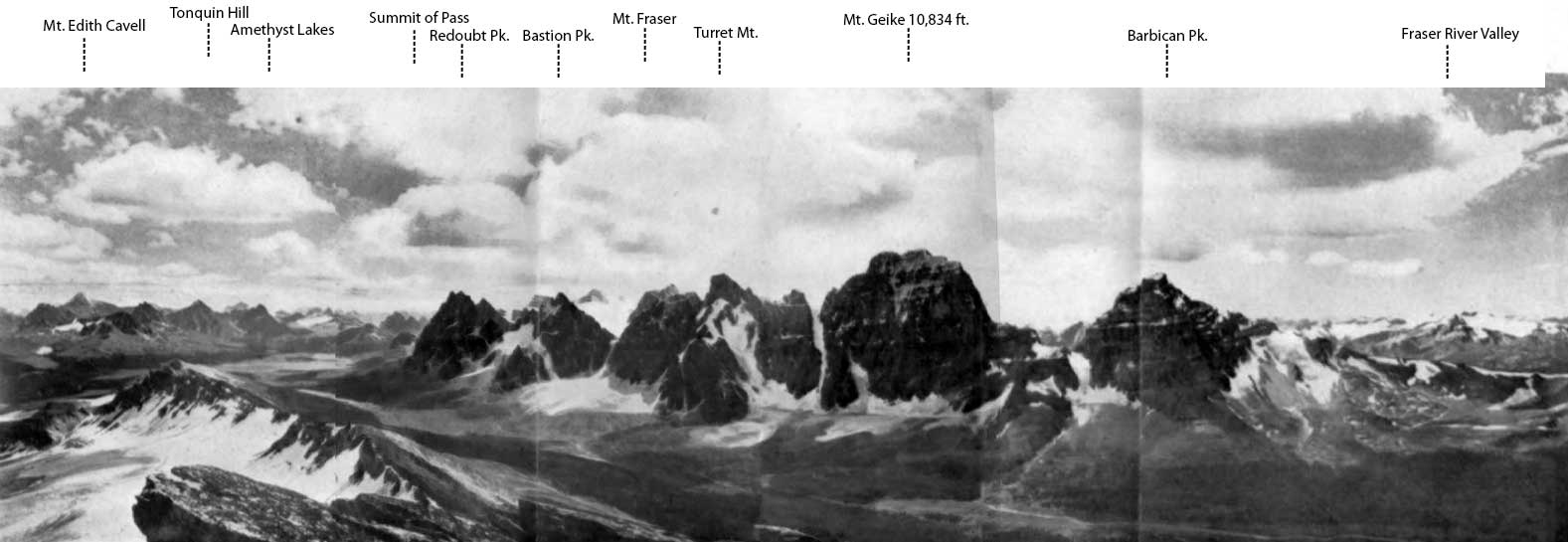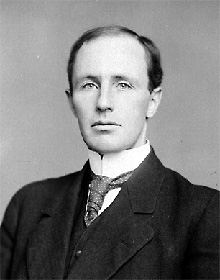Historical and local name of Holmes River
53.25 N 120.0667 W Google — GeoHack
Earliest known reference to this name is 1910
Not currently an official name.
Collie’s map Yellowhead Pass 1912
Phillips’s map NW of Robson 1915
Jobe’s map Jarvis Pass to Yellowhead 1915
Northern Alberta 1919 map
The first thing [Bill and Mort Teare] heard on reaching the settlements was that the Yellowhead Pass was the route finally selected by the survey [for the Grand Trunk Pacific Railway.
Not in the least discouraged, they went to work trapping that winter and snaring wild horses for their pack-train, and when the snow was off the mountains, they were at it again, this time working the side streams of the Fraser valley. On the Beaver, they had located an enormous ledge of quartz, and it was to look at this ledge that we had come.— Washburn 1910 [1]
Surveyor and Alpine Club of Canada president Arthur Oliver Wheeler [1860–1945] wrote of the 1911 Alpine Club of Canada–Smithsonian Robson Expedition:
The wide valley of the Big Smoky could be seen for many miles and, between Mt. Bess and the great white mountain, a large tributary valley which leads across the Continental Divide at its head to the Beaver River, a tributary of the Fraser. Donald Phillips, who, with Konrad Kain, spent part of the past winter (1911-12) trapping and exploring in the locality, writes me: “We did a lot of exploring this winter up in that country and found two more passes to the Stony River, but they are too rough at present to go over with horses. We also discovered two passes from the Smoky to the Beaver River, that flows into the Fraser. The Beaver River is about forty miles long.”
— Wheeler 1911 [2]
- 1. Washburn, Stanley [1878–1950]. Trails, Trappers and Tenderfeet in the New Empire of Western Canada. New York and London: Henry Holt, Andrew Melrose, 1912, p. 268. Hathi Trust
- 2. Wheeler, Arthur Oliver Oliver [1860–1945]. “The Alpine Club of Canada’s expedition to Jasper Park, Yellowhead Pass and Mount Robson region, 1911.” Canadian Alpine Journal, Vol. 4 (1912):9-80

![ATHABASCA PASS. ROCKY MOUNTAINS. Ice gorge. near first summit.. [1872]](/wp-content/uploads/2024/11/rylatt-athabasca-pass.jpg)
![Athabasca Pass. Rocky Mts. Second Summit [1872]](/wp-content/uploads/2024/11/rylatt-athabasca-pass-second-summit.jpg)
